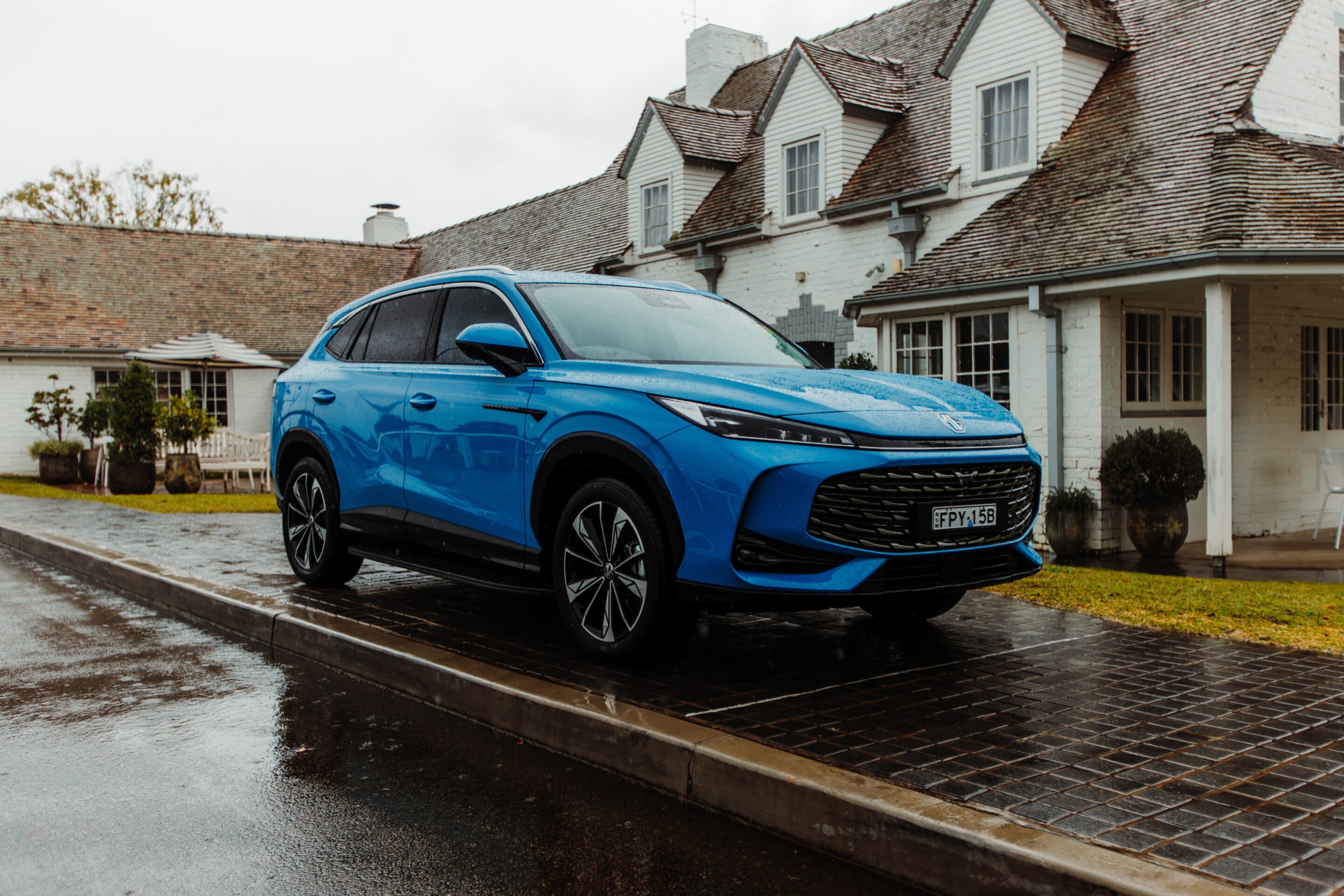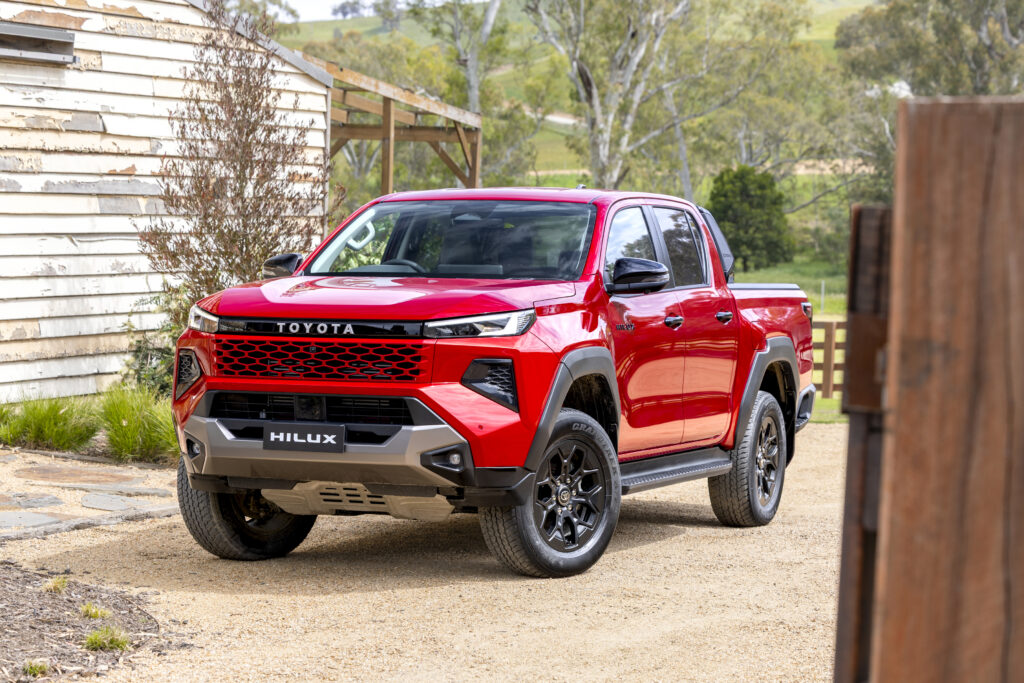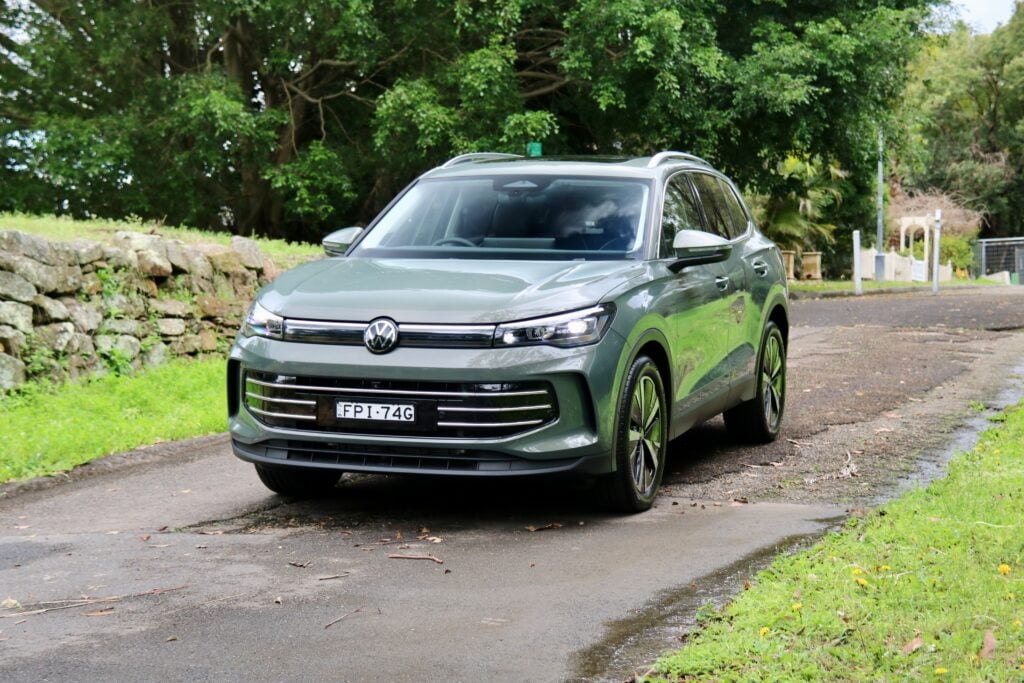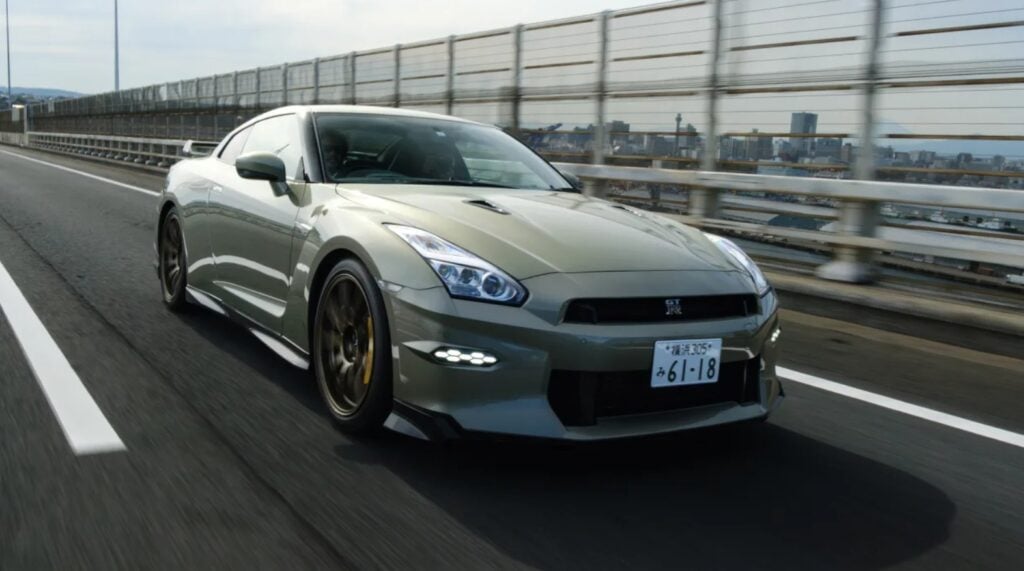Things we like
- Finessed hybrid drive calibration
- Real-world economy seems to stack up
- Has undergone local tuning
- Great warranty
Not so much
- Urban ride is firmer than it needs to be
- Needs EV Hold and EV Charge settings
- Road noise isolation could be better
- No DC charging capability
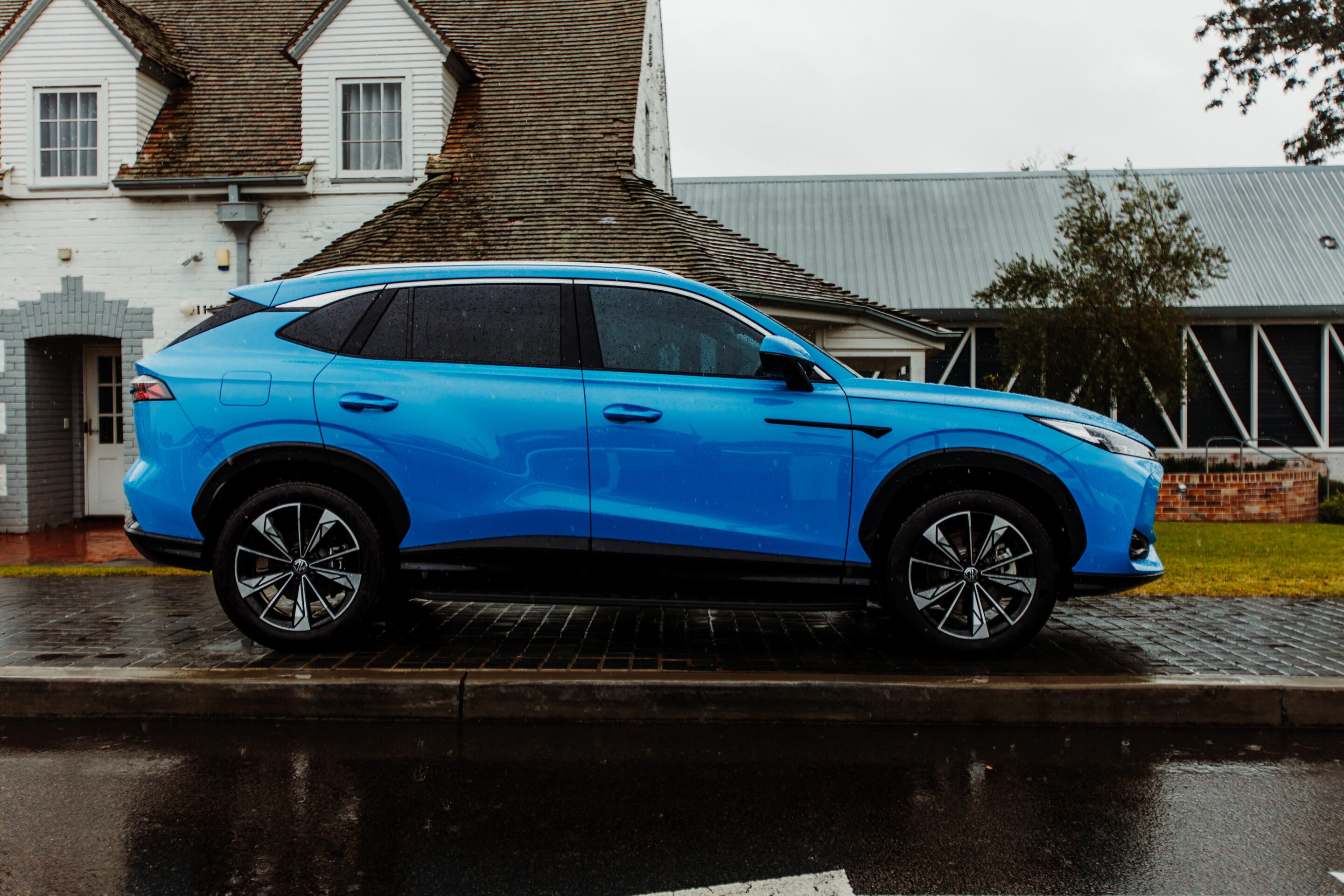
Let’s clear up that name first. In MG-talk, ‘Super Hybrid’ is a plug-in hybrid that’s been specially tuned for the Australian market. In this instance, it’s stuck to the back of a MG HS, and will be sold alongside the non-plug-in HS Hybrid+ when it arrives in September.
The key takeaway? Rather than rinse its battery and then have you chugging along on internal combustion like most plug-in hybrids, this Super Hybrid system is a little smarter, by turns blending its power and harnessing energy to make the battery last a decent stretch. That’s a good thing because if there’s one thing that deters people from charging PHEVs, it’s the feeling that a whole night’s charging has been done for in 30 minutes or so.
Because this is a pre-production car, MG was understandably coy on exact trims and specs, but pricing has been announced. The Excite model wears a $52,990 driveaway price, with the flagship Essence pitched at $55,990. Given the avalanche of new models that MG has unleashed in recent months, it’s fair to say that their product managers are earning their corn.
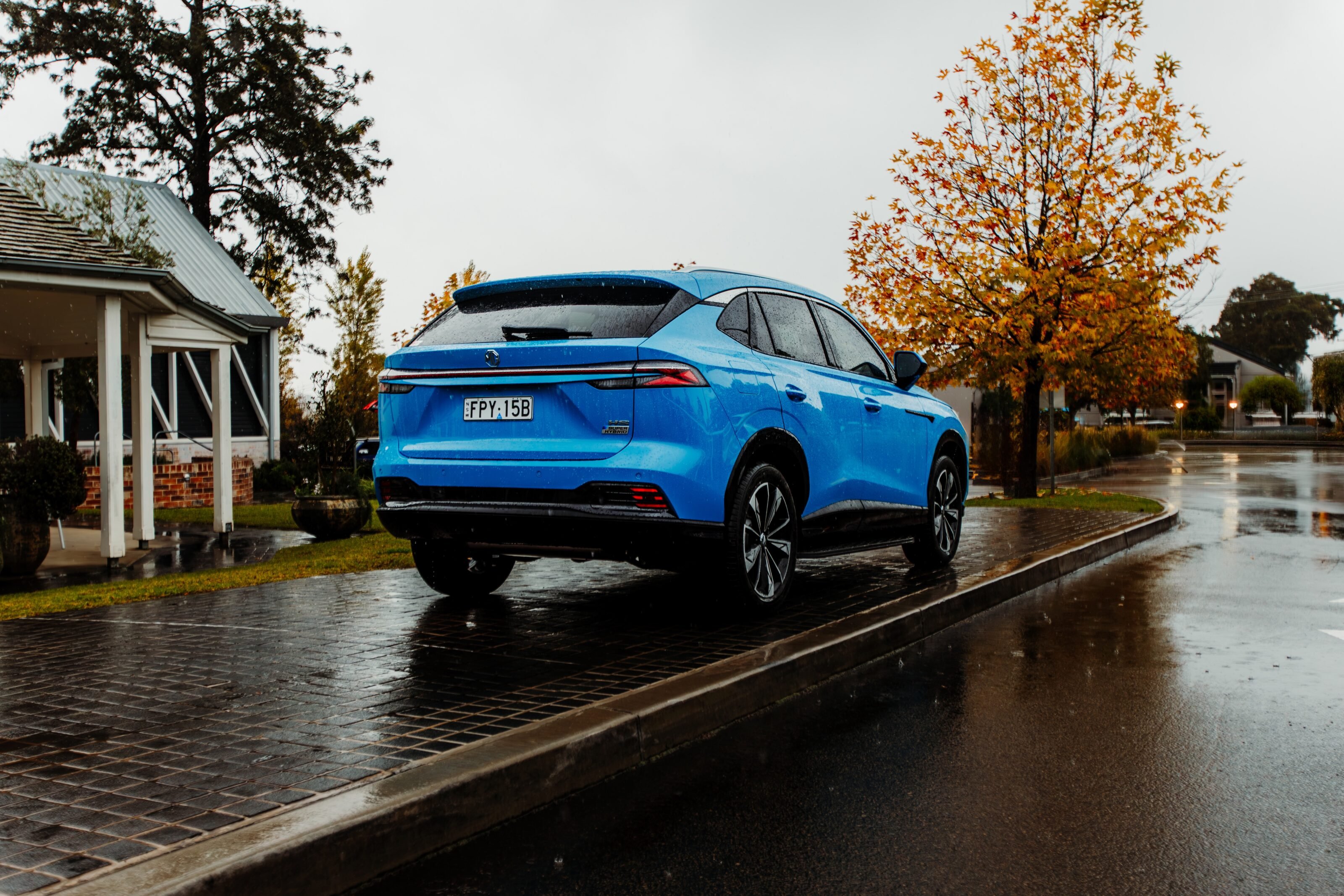
The underlying attractions of the basic MG HS are fairly well documented, so rather than re-hash the basics on this spacious medium-range SUV, we’ll primarily concentrate on the new plug-in hybrid tech here. It’s been calibrated in this way in order to work better in a country where covering big distances is the norm rather than the exception. Charge the battery and fill the 55-litre tank and the HS Super Hybrid features a range in excess of 1000km.
Unlike previous HS hybrid models, the Super Hybrid has a 61kW generator and a 135kW traction motor pairing rather than merely reversing the flow of the main motor. This means that its ability to regenerate charge is a good deal more sophisticated. It shares its 24.7kWh LFP battery with UK spec cars, Chinese models getting a smaller battery to mirror their little and often urban charging habits. This Australian-spec car’s software encourages it to lean onto its internal combustion engine a little more.
In effect, the MG Super Hybrid offers up to a claimed 120km of range in pure EV mode, but unless switched into that mode, it’ll try to eke the battery out for as long as possible. The 1.5-litre turbo engine is good for 105kW and 230Nm on its own and that’s boosted by the single permanent magnet asynchronous motor up to a system output of 220kW/350Nm.
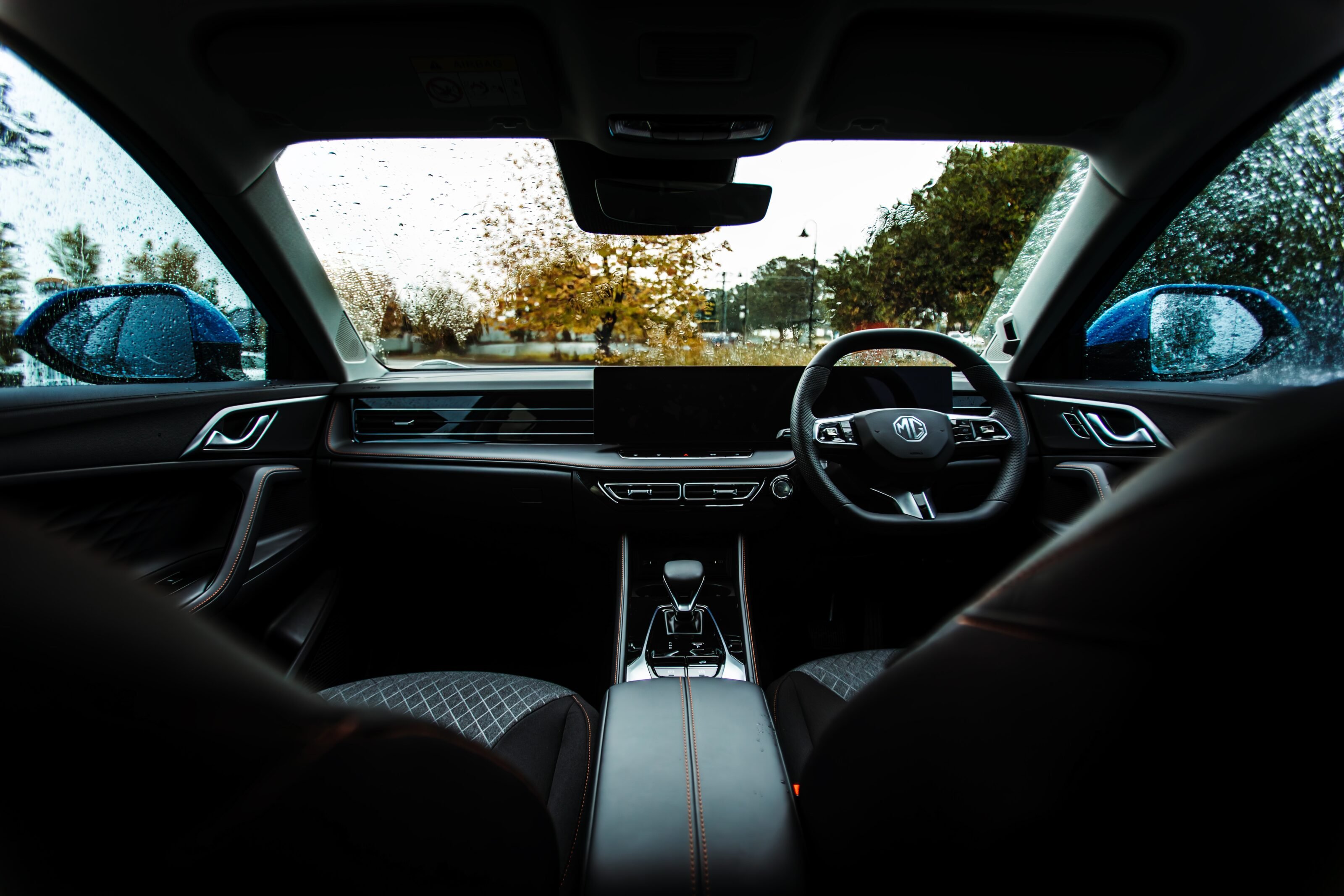
In practice, the engine is all but imperceptible. So impressive is the firewall soundproofing and so molten smooth is the handover between the electric motor and the engine that it’s hard to detect. Granted, our drive was in the torrential rain that has hit New South Wales in recent months, so a full judgment may have to be reserved for when that auditory distraction is removed, but the HS Super Hybrid offers a cultured and very well calibrated ICE-to-electric baton pass. That’s helped by the two-speed transmission which, when coupled with some clever software, replicates a nine-speed transmission.
It’s reasonably brisk too, getting to 100km/h in 6.8 seconds. Drive modes run through Comfort, Normal and Sport, with these settings replicated for the steering. There’s a binary Low and High setting for energy recovery, and power source is switchable between hybrid and EV. As it sits on a passive damper, changing the drive mode into Sport doesn’t affect the ride quality.
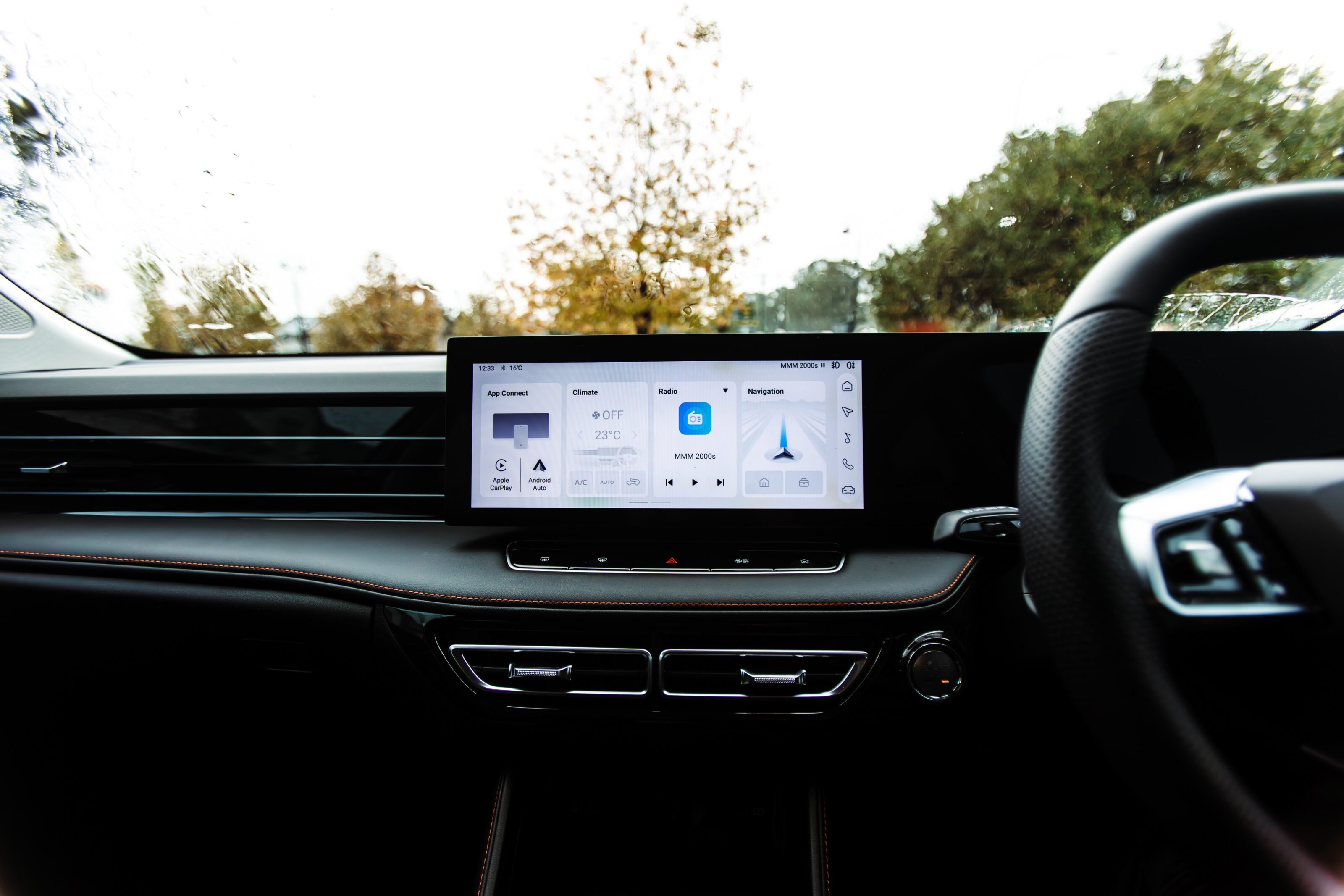
The fuel figures seemed to be stand up too. Because plug-in hybrids tend to bamboozle mandated fuel economy tests, the quoted fuel figure is a patently ridiculous 0.42L/100km. Real world? I got into a fully charged car in Sydney showing 134km of electric range and drove it in hybrid mode on highways to Camden in the city’s far south-west. After 93km of driving, it still showed 87km of electric range remaining with a fuel consumption figure of 3.0L/100km. On a more demanding 110km return leg, the car depleted its drive battery and returned 2.1L/100km. In other words, around 2.5L/100km for the entire round trip. Charge the battery overnight at 6.6kW AC and it’ll be at 100 per cent in little over four hours. On an off-peak plan, that’ll cost a couple of dollars.
It’s not perfect. There’s still some drumming from the 225/55 R19 Bridgestone Alenza tyres that permeates the cabin on open-pore surfaces. There’s no EV Hold or dedicated EV Charge functionality that offer flexibility about when and where you use electric power. The internal combustion engine is programmed to switch on at 80km/h, and also when the battery state of charge reduces to 30 per cent, which seems a bit prescriptive, but there are solid engineering reasons behind it. With an engine this quiet, it’s no great hardship either.
The old days of MG hybrids suddenly holding high revs for no apparent reason are firmly in the rear-view with this particular powertrain. It very rarely breaks a sweat and exceeds 2000rpm. One rather strange quirk of the Super Hybrid is that because of the way it regenerates power, the battery level can read zero per cent and the rev counter is also flatlined at zero but you’ll be happily proceeding for kilometres as if the Chinese have cracked perpetual motion. The less exciting reality is that it always holds some juice in reserve.
The ADAS functionality is well-judged too, with perfect traffic sign recognition on our drive route and a driver attention monitor that sounded once when I was probably futzing with the touch screen for a little longer than I should have been. We’re assured that there will be a custom button where you can set your preferred ADAS profile which you can switch to with one button press upon start-up. We approve.
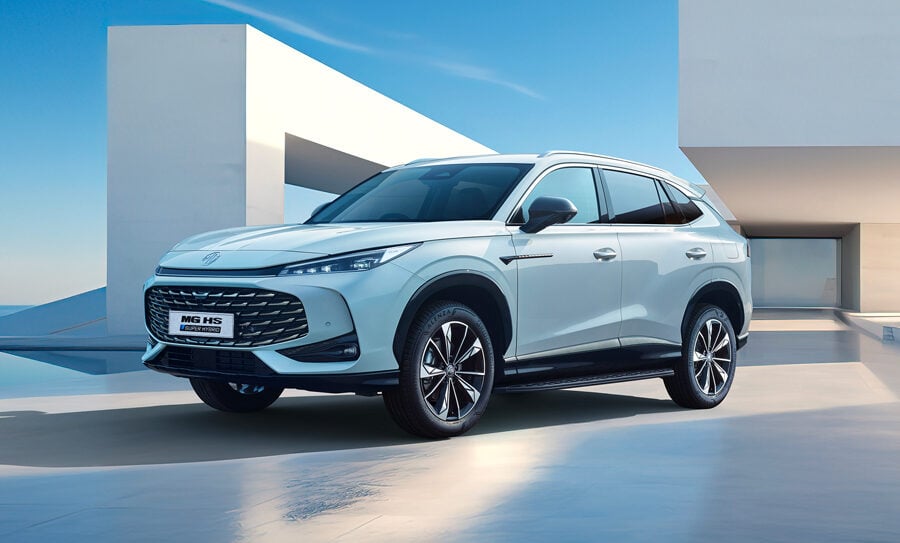
It’s still a work in progress but the signs are extremely promising. A sizeable, well finished medium-range SUV with long legs and tiny running costs is a formula that ought to do very well here in Australia. Back it up with a 10-year warranty, capped-price servicing and a 10-year/250,000km battery warranty and it’s easy to see how the MG HS Super Hybrid could find favour, especially if – as is predicted – the next gen Toyota RAV4 Hybrid takes a step upwards in price.
Make no mistake, this looks to be a very impressive piece of engineering. We knew there would come a time when Chinese cars required little to nothing in the way of excuses. We’re looking at it now.
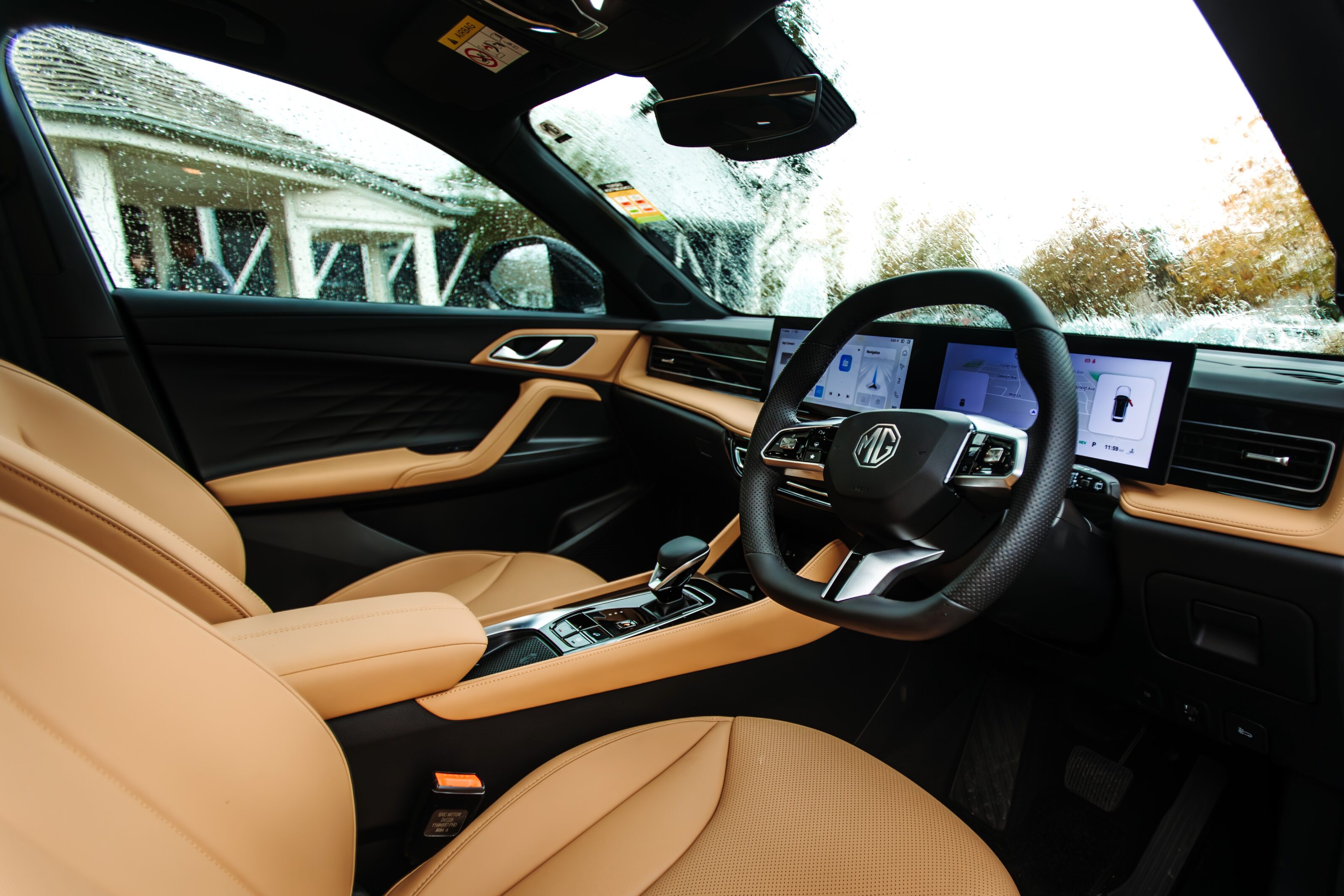
Specifications
| Model reviewed | MG HS Super Hybrid Excite |
| Price as tested | $52,990 |
| Drivetrain | 1.5-litre turbo-petrol plug-in hybrid |
| Peak power/torque | 220kW/350Nm |
| Battery/peak charging speed | 24.7kWh lithium iron phosphate/6.6kW AC |
| Transmission | Two-speed automatic (nine-speed in software) |
| 0-100km/h | 6.8 seconds |
| Claimed EV range | 125km |
| Fuel consumption | 0.4L/100km (claimed) 2.5L/100km (tested) |
We recommend
-
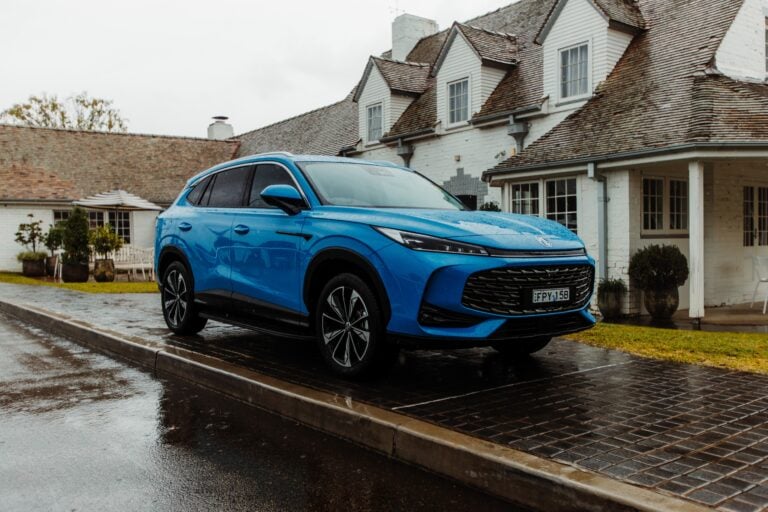 News
NewsMG HS Super Hybrid PHEV mid-sized SUV priced for Australia
MG prices the first hybrid addition to the HS mid-size SUV range for Australia with up to 120km of WLTP range.
-
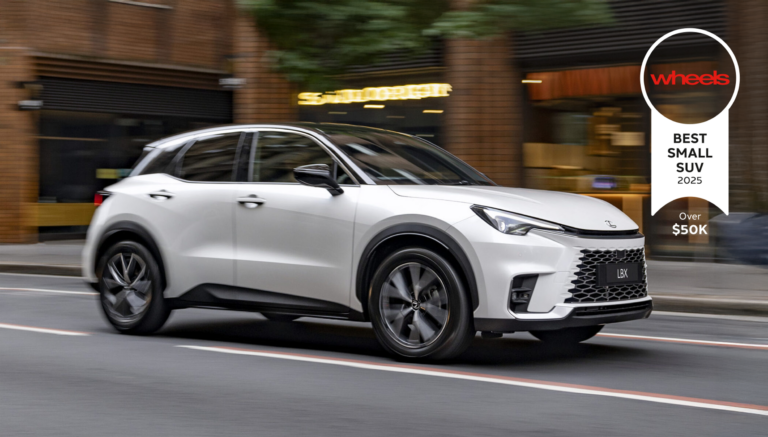 Best Small SUVs
Best Small SUVsBest Small SUVs 2025: Over $50K
Ratings and reviews of the Best Small SUVs priced over $50K on the Australian market... plus our category winner.


